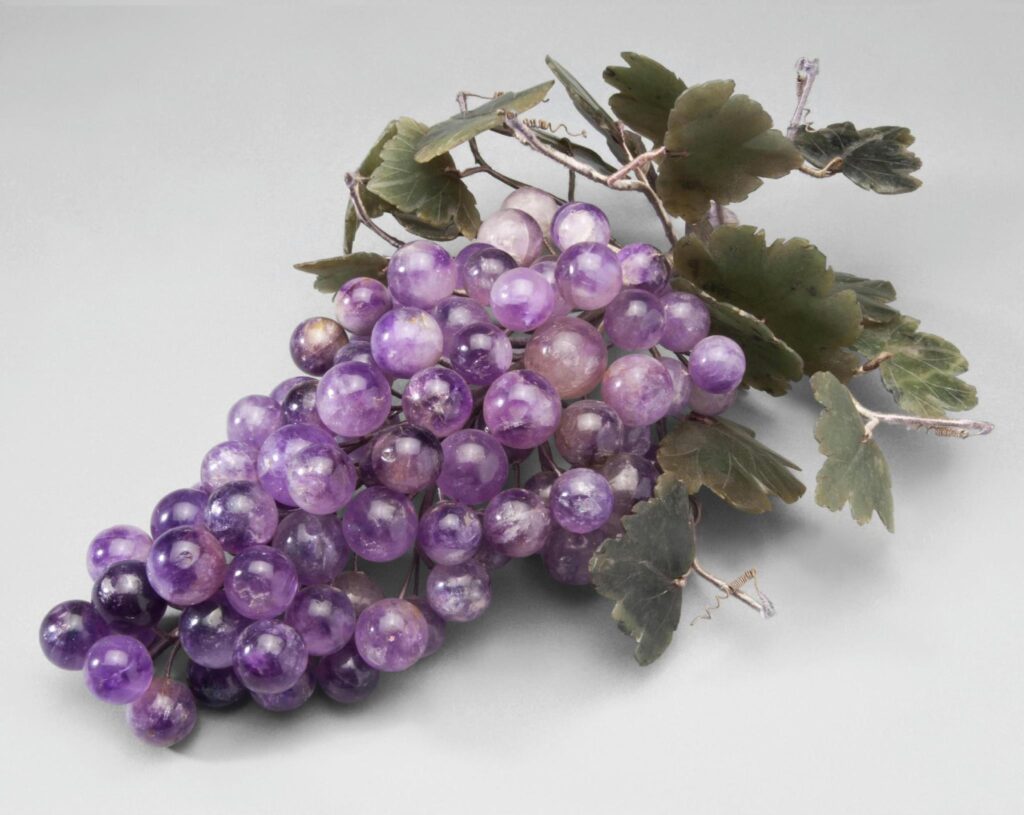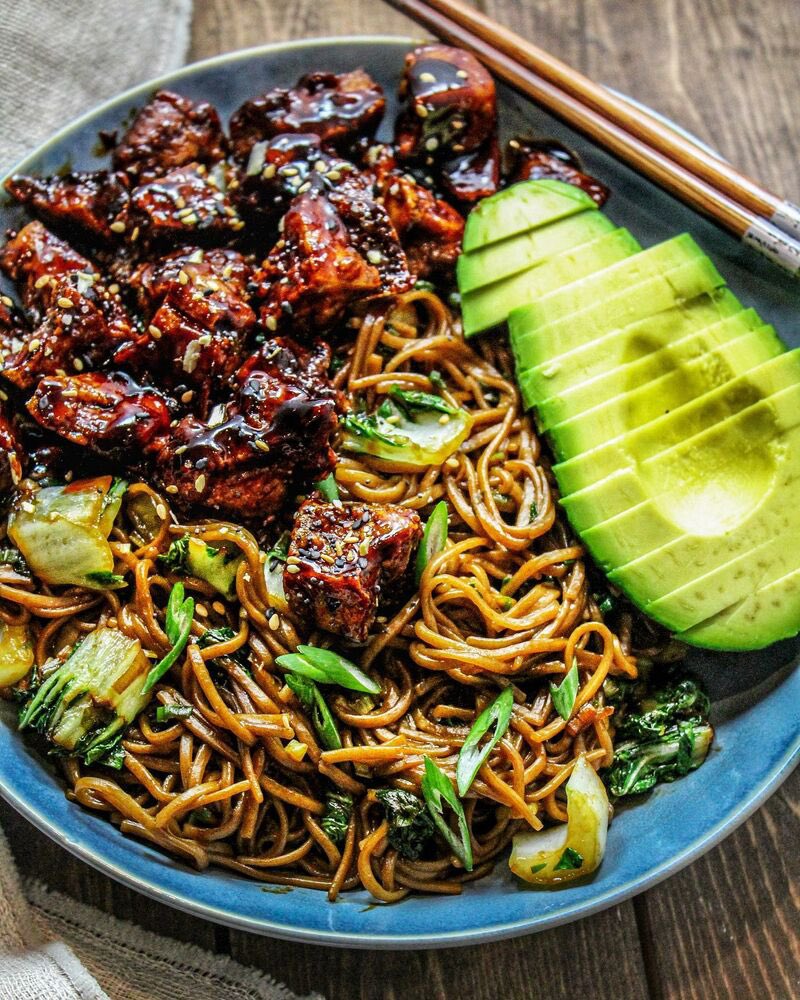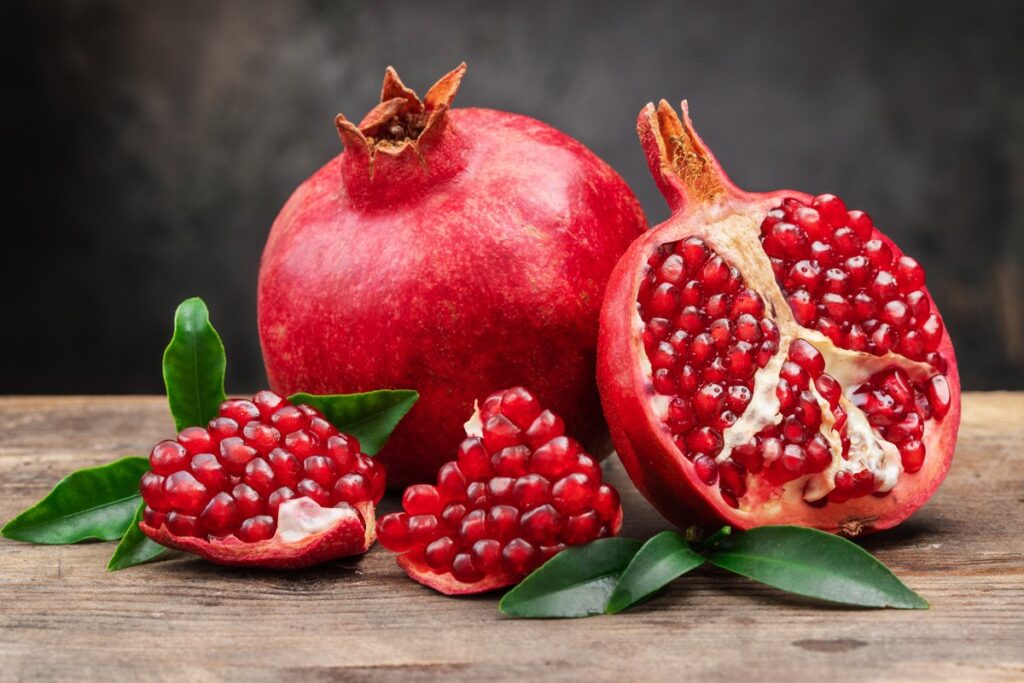
New Year is almost there and people are thrilled to welcome it through its traditions. Along with fireworks and celebrations, there are many eccentric traditions followed around the globe on new year. Let’s discuss a few of them today!
New Year eve is always the most special evening of the year. At one point the last glorious year is ending meanwhile a new era with lots of happiness and blessings is coming forward to greet us. In different cultures and countries, it is celebrated with unique traditions. Some put grains in utensils for never-ending food supplies. While some gave out a major portion of their incomes to charity for more prosperity.
However, Some countries and ethnicities have very eccentric traditions. Today in this article we will discuss a few of them and start our new year with lots of prayers and fun.
Spanish Traditions
The Spanish start off their new year by eating 12 grapes, which symbolize each strike of the clock. The tradition of las doce uvas de la Suerte started in the late 19th century. And is believed to ward off evil while boosting your chances of a prosperous and lucky new year. However, this will work only if you manage to eat all of the grapes in a matter of seconds. Since they need to be gone by the time the clock finishes striking midnight.

Japan
In Japanese culture, it is customary to welcome the new year with a bowl of soba noodles in a ritual known as ToshiKoshi soba, or year-crossing noodles. Though nobody is entirely sure where Toshi Koshiare soba first came from. It is believed that the soba’s thin shape and long length are meant to signify a long and healthy life. Many folks also believe that the buckwheat plant used to make soba noodles is so resilient. People eat pasta on New Year’s Eve to signify their strength. However, These traditions are there for centuries.

Traditions in Denmark
Residents of Denmark greet the New Year by throwing old plates and glasses against the doors of family and friends to banish bad spirits. They also stand on chairs and jump off of them together at midnight to “leap” into January in hopes of good luck.
Also See: Lunar New Year: Year of Rabbit, Love and Prosperity
United States of America
Since 1907, the famous ‘ball drop’ in which a 12-foot-wide crystal ball weighing nearly 12,000 pounds descends atop Times Square in New York on New Year’s Eve. The Times Square New Year’s Eve celebration features star-studded musical performances, balloons, confetti, and a colorful pyrotechnic display. Every year, visitors from around the globe write their wishes for the New Year on colorful pieces of official Times Square New Year’s Eve confetti. These wishes are posted on the New Year’s Eve Wishing Wall called “Hopes and Dreams”.

Brazil
Rio is the place for partygoers who love to dance with the sea waves in the summertime of the southern hemisphere. The fantastic fireworks are held at Copacabana Beach. People attending the event come dressed in white and bring flowers. Which they throw in the water as a ritual offering to the sea goddess. Champagne flows like water. Moreover, Eating grapes and lentils is considered a good luck ritual.
Turkiye
In Turkey, it’s considered good luck to sprinkle salt on your doorstep as soon as the clock strikes midnight on New Year’s Day. Like many other New Year’s Eve traditions around the globe. This one is said to promote both peace and prosperity throughout the new year.

Traditions in Greece
In ancient Greek mythology, the pomegranate symbolizes fertility, life, and abundance. And so the fruit has come to be associated with good fortune in modern Greece. Just after midnight on New Year’s Eve, it is customary for Greeks to smash a pomegranate against the door of their house. It is said that the number of pomegranate seeds that end up scattered is directly correlated with the amount of good luck to come.
An onion is traditionally hung on the front door of homes on New Year’s Even in Greece as a symbol of rebirth in the New Year. On New Year’s Day, parents wake their children by tapping them on the head with the onion.

Philippines
On New Year’s Eve, families in the Philippines make sure to serve 12 round fruits, like apples, grapes, and plums. Which are believed to represent prosperity due to their shape, which mirrors coins. However, As for the lucky number, each fruit represents one month out of the year.
